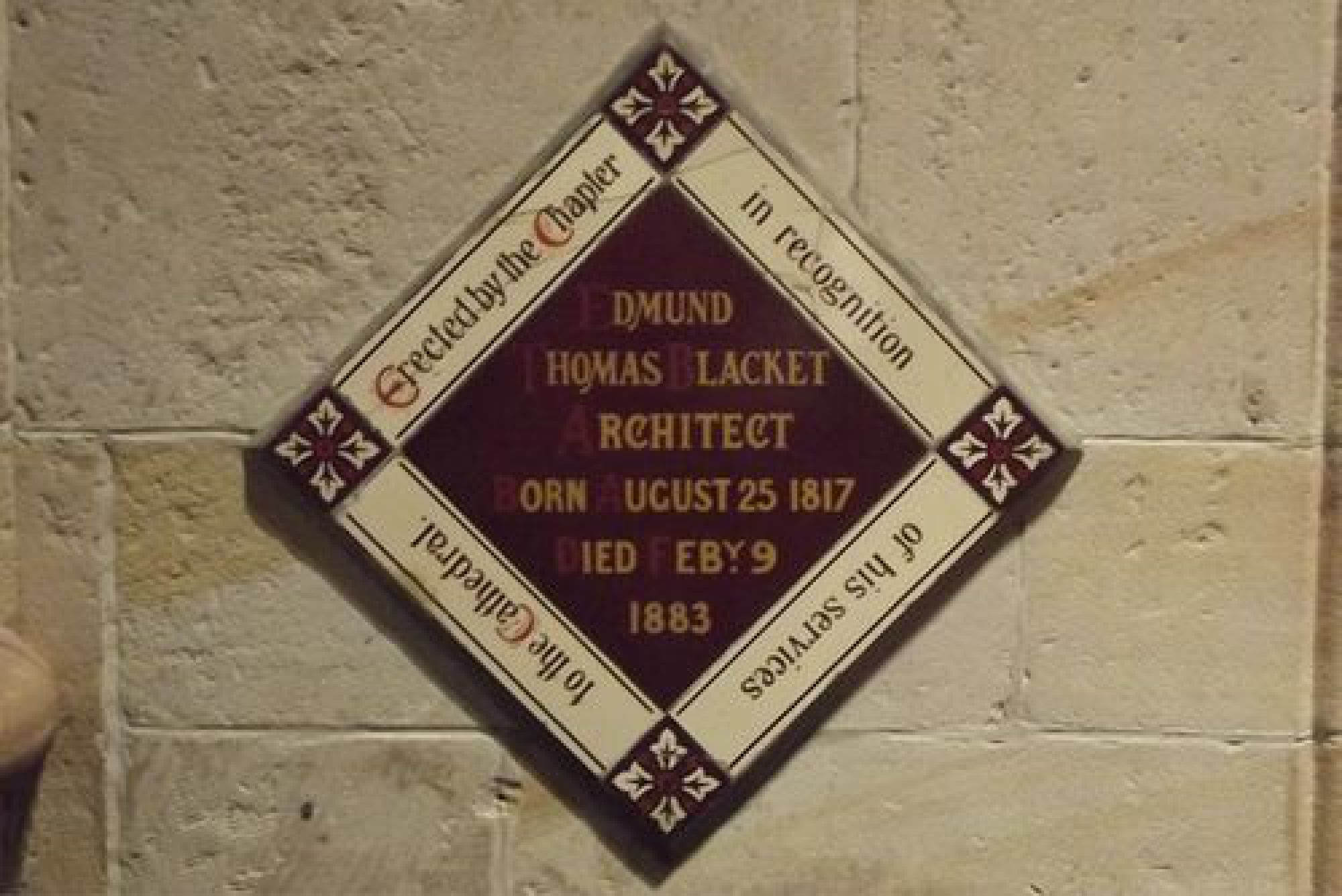
|
From the archivist - Edmund Blacket: The "partial architect" of St Andrew's Cathedral
Friday, 12 August 2022
|
|
St Andrew’s Cathedral in Sydney Square is a remarkable survivor from the Victorian era, much like Sydney Town Hall located right beside it. The structure is unmistakable, and its creator -Edmund Blacket is just as notable. Blacket was born in 1817, the son of a merchant who worked in the family business for three years before becoming a milliner with his brother. His later work under the Stockton and Darlingham railway co. developed his drafting talent, which earned him a holiday and his true calling- an entire year sketching and detailing medieval architecture, which would come to dominate his later works. In 1842 he arrived in Sydney for reasons unknown, arriving in Australia with a generous stipend and a letter of introduction. This eventually led to his career as building inspector and then architect, becoming colonial architect by 1849 and later the most prolific architect in Sydney to date. His works include Sydney University, St Paul’s College, the Bank of Australasia, and over a hundred separate churches, including St Thomas's North Sydney and St Stephen's Newtown. He also made several richly appointed homes, including Granham, Rockleigh, and Fairlight House. Other cathedrals include All-Saints Bathurst, St Saviour's Goulburn, and St George's Perth. His astounding, 40-year reign over Sydney architecture earned him the name of “the Sir Christopher Wren of Sydney.” This said, St Andrews Cathedral was only partially his design. The original architect, James Hume was stopped by the 1830s depression. Hume’s home life is little-known, but also successful - the father of eight children, who avoided both controversy and accolades, and was equally dutiful in his devotion to his family, his God, and his work. Kelton Jarvis, SACS Archivist |
